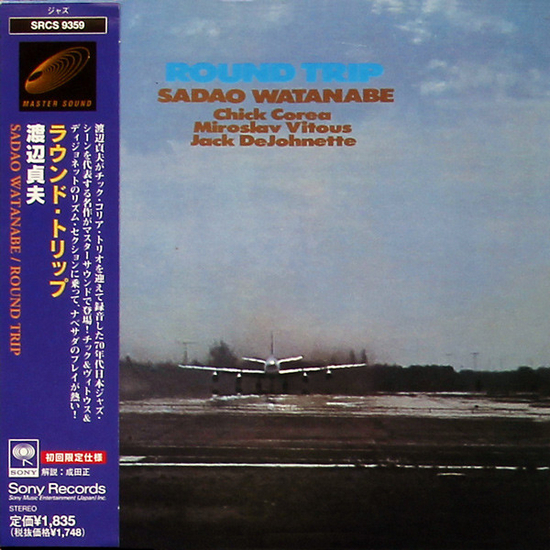Post-War Jazz in Japan:
A Harmonious Journey of Resilience and Creativity
Introduction
In the wake of World War II, Japan experienced profound cultural and societal transformations, and the world of music was no exception. Among the various genres that emerged during this period, jazz played a significant role in shaping the nation's cultural landscape. This article delves into the fascinating story of post-war jazz in Japan, highlighting its resilience, innovation, and enduring influence on the country's music scene.
The Impact of American Occupation
Following Japan's surrender in 1945, the Allied forces, led by the United States, occupied the country. During this period of reconstruction, the American military played a crucial role in introducing jazz to the Japanese populace. Jazz records, radio broadcasts, and live performances by American musicians became widely accessible, leaving an indelible mark on Japan's music enthusiasts.
As a result, jazz quickly gained popularity in post-war Japan. Young Japanese musicians were inspired by American jazz legends like Duke Ellington, Louis Armstrong, and Charlie Parker, adapting their styles and techniques. Jazz clubs sprung up in Tokyo, Osaka and Yokohama, providing a platform for both Japanese and American jazz musicians to perform together.
The Birth of Japanese Jazz Musicians
Japanese jazz musicians, influenced by the American jazz scene, started to find their unique voices. Pioneers like sax player Sadao Watanabe, pianist and composer Toshiko Akiyoshi, and drummer Hideo Shiraki emerged as key figures in the Japanese jazz landscape. These artists fused traditional Japanese musical elements with jazz, creating a distinctive sound that resonated with both Japanese and international audiences.
Sadao Watanabe incorporated elements of Japanese folk music into his jazz compositions, giving birth to a style known as "Shin-Kayōkyoku Jazz" or "New Japanese Jazz." His album "Round Trip" (1969), where he is accompanied by Chick Corea, Miroslav Vitous and Jack DeJohnette, is a prime example of this fusion, blending the haunting melodies of Japanese folk music with contemporary jazz.

Toshiko Akiyoshi formed the Toshiko Akiyoshi-Lew Tabackin Big Band, gaining worldwide acclaim for their innovative arrangements. Akiyoshi's compositions often drew inspiration from traditional Japanese compositions and themes, showcasing her ability to bridge two distinct musical worlds.
In the late 1950s and early 1960s, the Hideo Shiraki Quintet was hugely popular in Japan and was associated with the craze for hard bop. Hidehiko “Sleepy” Matsumoto, Terumasa Hino and Yuzuru Sera all passed through his quintet.
The Jazz Scene Blossoms
During the 1960s and 1970s, Japan experienced an economic boom, which further fueled the growth of the jazz scene. Jazz bars, clubs, and festivals sprouted across major cities like Tokyo and Osaka. Japanese jazz musicians continued to explore new sounds and push boundaries, with fusion jazz gaining popularity.
The Tokyo Jazz Festival launched in 2002, while the Sapporo City Jazz Festival launched in 2007. The Yokohama Jazz Promenade, launched in 1981, became one of Japan's most prominent jazz festivals, attracting both local and international talent. Festivals like this provided a platform for Japanese jazz musicians to showcase their skills and collaborate with renowned artists from around the world.
The Legacy of Japanese Post-War Jazz
Today, the legacy of post-war jazz in Japan remains vibrant and influential. Japanese jazz musicians continue to innovate and push the boundaries of the genre, incorporating a wide range of musical influences and creating a unique sound that reflects the nation's cultural diversity.
Japanese jazz artists have earned international acclaim and recognition, further solidifying their place in the global jazz community. Jazz education has also flourished in Japan, with numerous music schools and conservatories offering jazz programs to aspiring musicians.
Conclusion
Post-war jazz in Japan is a testament to the resilience and creativity of a nation that emerged from the ashes of war to embrace a musical genre that transcends cultural boundaries. Through the fusion of American jazz and Japanese musical traditions, Japanese jazz musicians have forged a unique and enduring legacy that continues to inspire and captivate audiences both at home and around the world. The journey of post-war jazz in Japan is a harmonious tale of cultural exchange and artistic evolution that serves as a source of pride for the nation's musical heritage.